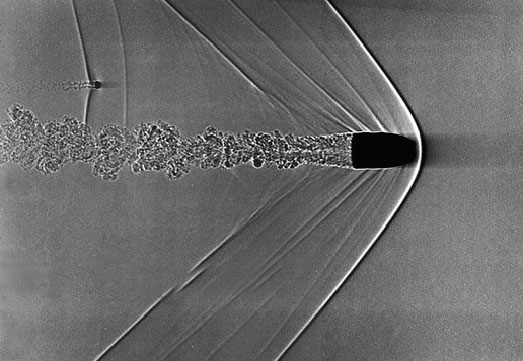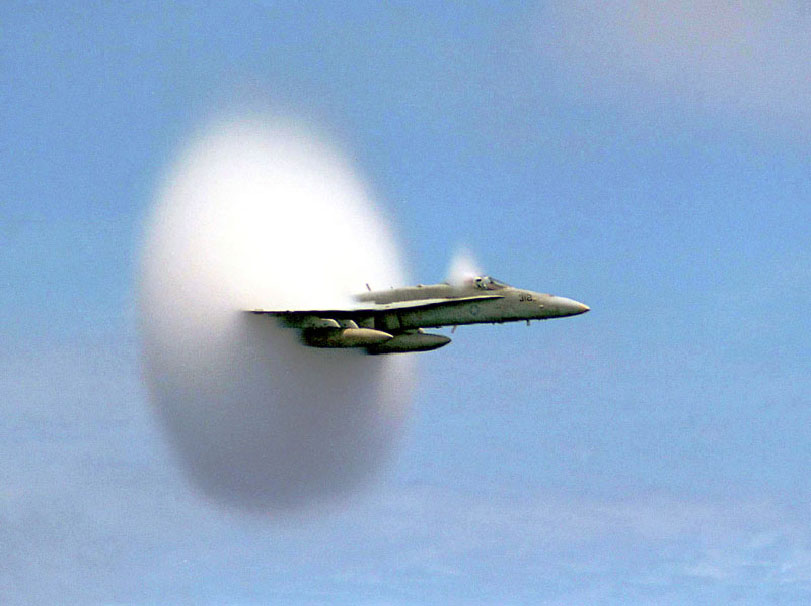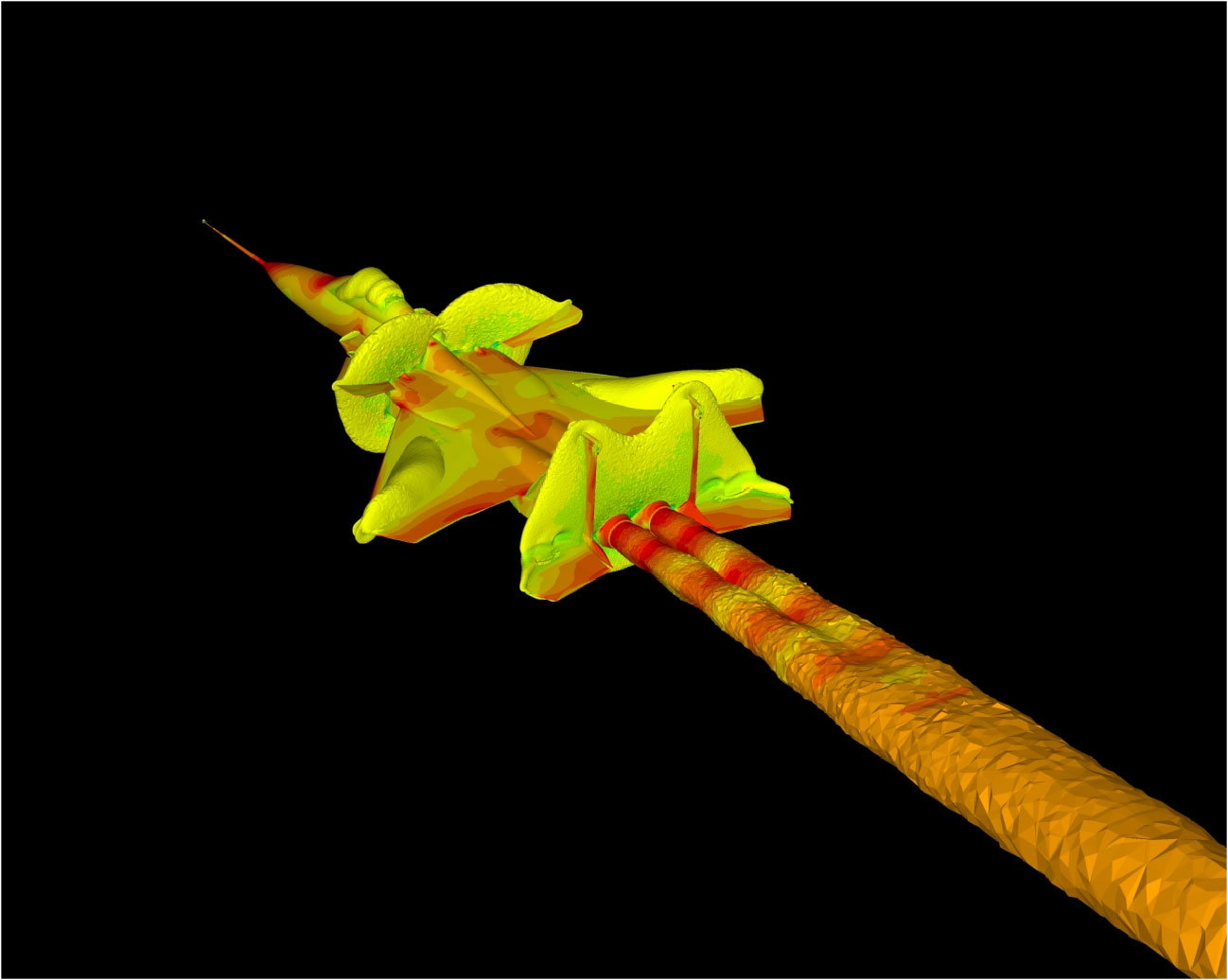This article is for students grades K-4.
Supersonic flight is one of the four speeds of flight. Objects moving at supersonic speeds are going faster than the speed of sound.
The speed of sound is about 768 miles per hour at sea level. That is about four times faster than a racecar.
Supersonic includes speeds up to five times faster than the speed of sound!
The first person to fly an aircraft faster than the speed of sound was Capt. Charles E. “Chuck” Yeager.
What Flies at Supersonic Speeds?
A bullet fired from a gun flies at supersonic speeds. Some military aircraft also fly this fast. The space shuttle flies at supersonic speeds during parts of its mission.
The most famous airplane to fly passengers at supersonic speeds was called the Concorde. The Concorde’s fastest speed was more than twice the speed of sound. It could fly people from London, England, to New York in less than 3 1/2 hours. A regular airplane would take twice that long! The Concorde stopped flying in 2003.
Why Does NASA Study Supersonic Flight?
Learning more about supersonic flight helps NASA make better aircraft and spacecraft. When NASA studies supersonic flight, it is studying aeronautics. Aeronautics is the science of flight.
How Does NASA Study Supersonic Flight?
One way NASA learns more about supersonic flight is by testing models of airplanes in wind tunnels.
Wind tunnels are tube-shaped buildings that move air over a vehicle as if it were flying. Flying model airplanes in wind tunnels helps NASA learn how the real aircraft will fly. In wind tunnels, NASA can test new designs for airplanes.
NASA also studies supersonic flight by flying real supersonic aircraft.
Another way NASA learns about it is by using computers. Computers help scientists test what will happen to a plane when it flies.
What Is a Sonic Boom?
A sonic boom is a loud noise like thunder. A person on the ground hears a sonic boom when an aircraft flies overhead at supersonic speeds. The noise is caused by a fast release of air pressure. Air pressure builds up as a plane flies through the air. When the pressure is released, it makes a loud noise. This is similar to when a balloon pops. A pin that pops a balloon releases the air pressure inside the balloon and causes a loud “pop.” NASA is studying and testing things that could be used on aircraft to lessen the noise from sonic booms.





























